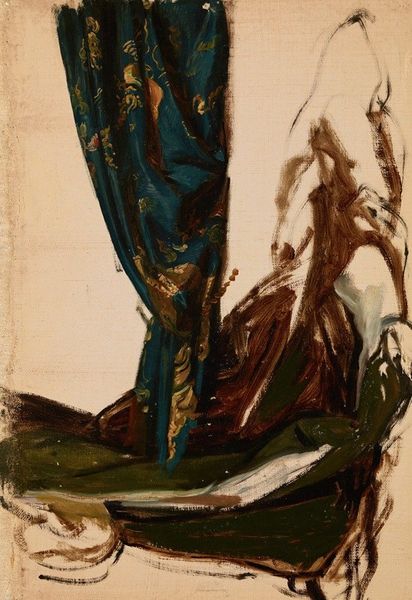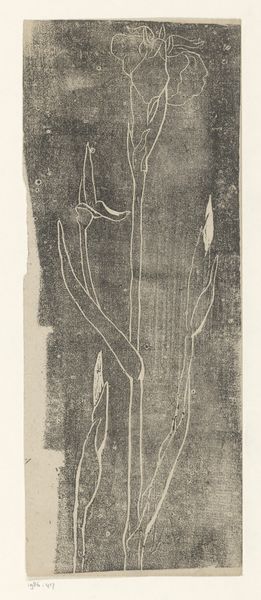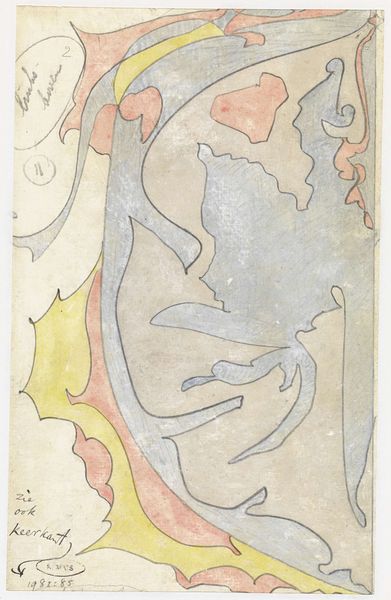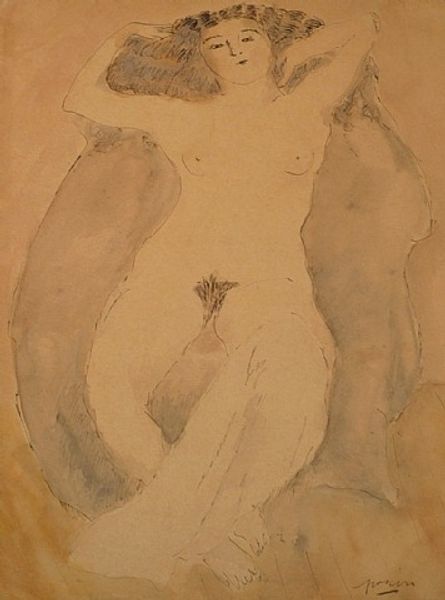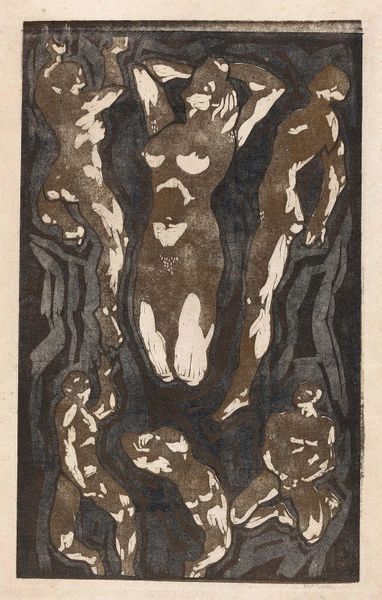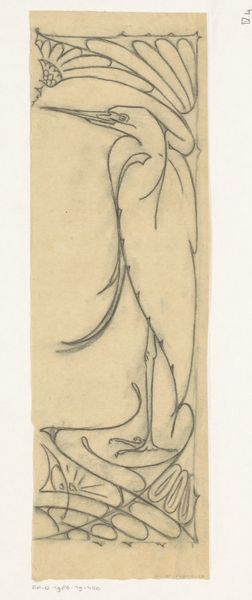
Female Elephant from Central India (Tenjiku kudari daijÅzÅ no zu), published by Otakuya Takichi Possibly 1861
0:00
0:00
Dimensions: Paper: H. 36.3 cm x W. 23.8 cm (14 5/16 x 9 3/8 in.)
Copyright: CC0 1.0
Curator: This is "Female Elephant from Central India," a woodblock print by Ikkōsai Yoshimori. The publisher was Otakuya Takichi. Editor: It's... surprisingly intimate for a piece about an elephant. You're right up close, almost tactile. The texture of the skin seems so real. Curator: Indeed. Elephants, especially white elephants, held significant symbolic weight. In Buddhism, the white elephant is associated with Queen Maya's dream of a white elephant entering her womb, foretelling the birth of the Buddha. Editor: So, it's not just an elephant; it's loaded with meaning. You've got the idea of creation, of something sacred being born... I see it now! Curator: Yoshimori captures the essence of the animal, transforming it into something spiritually profound. Consider how elephants also represent strength, wisdom, and memory, characteristics that resonate within various Eastern philosophies. Editor: It's more than just a picture of an elephant; it embodies power, spirituality, and maybe even a kind of maternal grace. Curator: Exactly, and it's fascinating how a simple image can hold such profound cultural and emotional resonance. Editor: This piece definitely lingers in the mind; it makes you think!
Comments
No comments
Be the first to comment and join the conversation on the ultimate creative platform.

